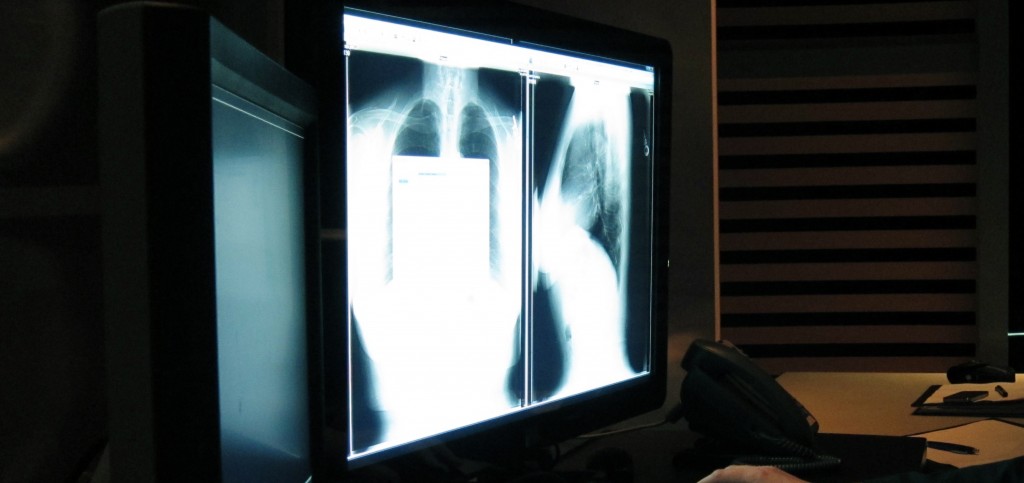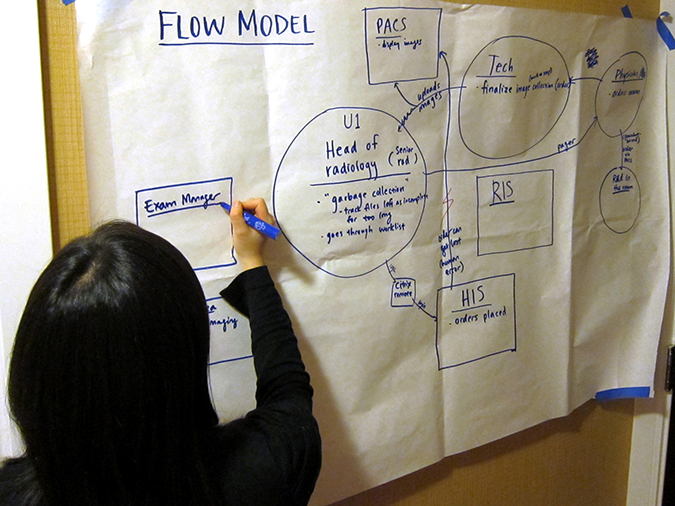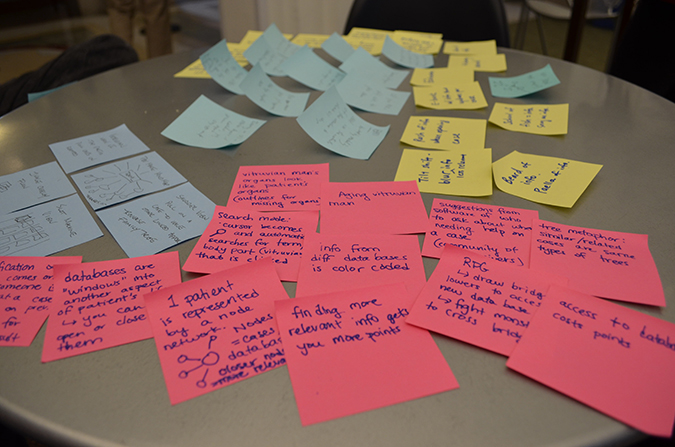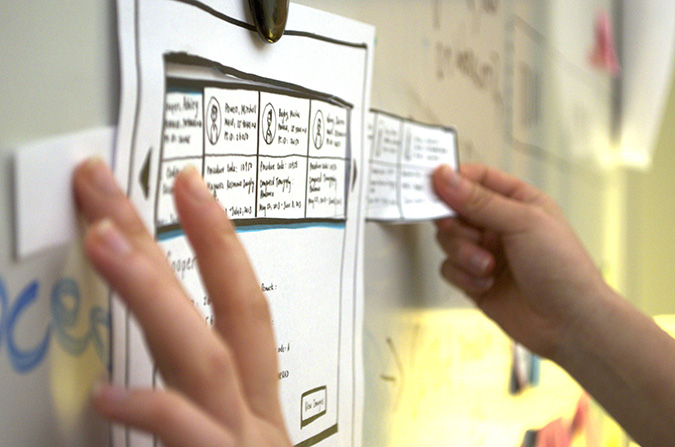Radiology Information System Redesign
Working to research and design a unified flow of information that improves efficiency and adaptability within radiology departments.

ROLE:
Project Manager
Project Goal & Overview
Radiologists have a particular workflow when viewing patient images. The software adaptation from film-based workflow allows them to:
- Select the next patient to view
- Observe the images and gather additional information
- Report findings and submit
RIS & PACS software has enabled them to see more patients and gather information more easily, but it has introduced new frustrations and potential for error. Our task was to improve a GE Healthcare RIS software product to improve radiologist satisfaction and their ability to diagnose correctly.
The project contains two phases: research and design. I was the Project Manager for the team: I was primarily responsible for pushing the project forward and making sure we had what was needed to achieve our goals.
Research: 50+ Hours with Radiologists
To thoroughly understand radiologist workflow, we primarily used Contextual Inquiry with radiologists and technicians. Additionally, we performed a literature review and competitive analysis to understand current EMR practices. The recorded data was synthesized into various paradigms for conceptualizing radiologist workflow. The research yielded four key findings:
- Radiologists waste time tracking down data from various locations
- RIS software does not respond radiologist constraints
- Collaboration is common; it has benefits and detriments
- Lack of software interoperability causes significant time lost
These findings represented nidi from which we began designing solutions. In addition, our research enabled us to develop 8 Radiology-Specific Software Heuristics from which software can be designed and evaluated. Together, our findings and heuristics convinced GE Healthcare to broaden the project scope geographically; over the summer, we were flown to hospitals in Switzerland, Denmark, and Ireland to confirm our findings and note any international workflow differences. During this phase, I organized and conducted much of the research and many of the internal and external meetings.
Design: 250 Visions to 6 Core Features
As iterative design proceeds, our team successively ideated and culled hundreds of ideas. Amazingly, we found that even when designing for such a serious context as a radiology department, inspiration sometimes came from seemingly absurd design exercises.
We prioritized concepts for further development based on relevance and feasibility. Concept validation was performed with radiologists in a hospital setting. First, we received feedback on 27 storyboards, which we developed into 9 paper prototypes. The prototypes allowed for early exploration into interactivity and design metaphors.
Next, we used Axure to create a cohesive, interactive prototype. I tested the design with several radiologists in the US, Denmark, Ireland, and Switzerland.
Result: Functional Web-Based Prototype
While I am not able to show our functional prototype, GE Healthcare reported that they were extremely pleased and would be integrating some of the features. With great satisfaction, we also heard some aspects of our design process would also be adopted – I hope this will move EMR software solidly toward having improved usability.




